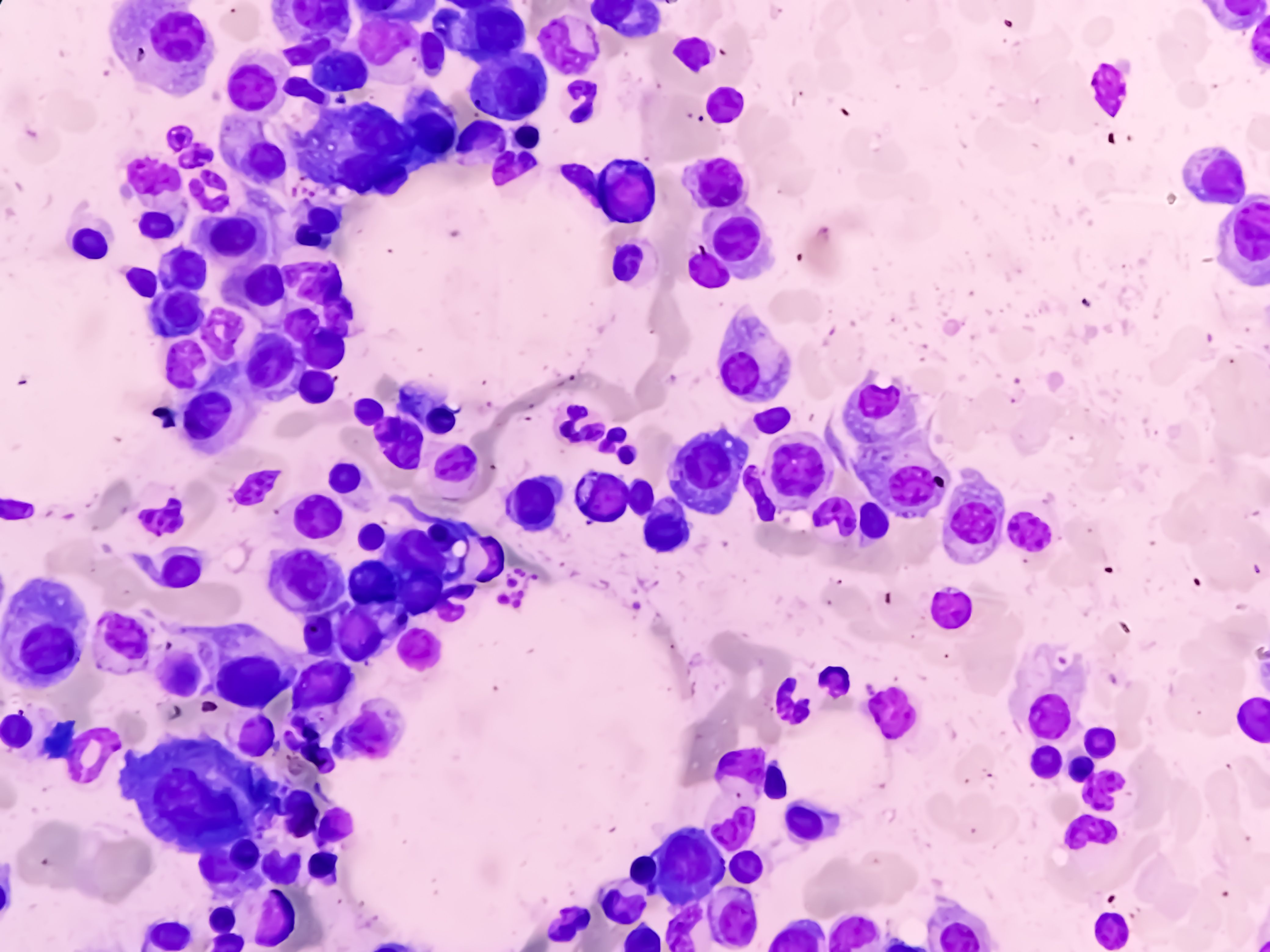News
Article
Minimizing Terms in Multiple Myeloma Clinical Trials May Inaccurately Reflect Tolerability, Rates of AEs
Author(s):
The study authors suggest that future research should instead emphasize event rates and patient-reported outcomes to better evaluate the tolerability and frequency of AEs.
Although effective, multiple myeloma therapies are often associated with adverse effects (AEs) that can range from weakness, fatigue, nausea, and diarrhea, to more serious adverse effects (SAEs) such as neuropathy, bleeding events, and infections. In a disease where treatment is often given continuously for long durations of time, toxic effects and tolerability of treatments are significant to patients and health care professionals. Clinical trials may try to downplay the severity of treatment-related AEs, by using minimizing terms when reporting trials results.
Image credit: Saiful52 | stock.adobe.com

A study published in JAMA Network Open evaluates prior randomized clinical trials (RCTs) focused on multiple myeloma to estimate the prevalence of the use of minimizing terms when describing AEs and evaluate the characteristics of the studies. Further, the investigators determined whether or not the minimizing terms downplay the severity of AEs.
This cohort study used multiple databases to search for the prevalence of minimizing terms in multiple myeloma RCTs published between January, 1 2015, and March 1, 2023. Minimizing terms were defined as subjective terms that were used to favorably describe the safety profile of the treatment intervention. Some of the terms searched included “convenient”, “manageable”, “acceptable”, “expected”, “well-tolerated”, “tolerable”, “favorable”, and “safe”. Further, data on serious adverse events (SAEs) and grade 3 to 5 AEs were collected from each study report and any presented patient-reported outcomes (PROs) were also recorded.
The primary study outcome was the occurrence of at least 1 minimizing term in an article. In addition, analyses to evaluate the association between the presence of at least 1 minimizing term as well as the actual incidence of grade 3 or 4 AEs, SAEs, or grade 5 AEs were performed.
Of the 65 multiple myeloma RCTs in this study, 56 (86%) used minimizing terms. Among the minimizing terms, the most frequently used were “well-tolerated” or “tolerable”, which appeared in 29 trials (45%). Further, 18 trials (28%) used “manageable”, 16 (35%) used “acceptable”, 15 (23%) used “expected”, 15 (23%) used “safe”, 11 (17%) used “favorable”, and 9 (14%) used “convenient”. The authors noted that an additional analysis was performed to determine whether the minimizing terms were used to describe a specific toxic effect or the general safety profile of a treatment approach. Of the 56 RCTs that used minimizing terms, 44 (78%) had used at least 1 term that referred to toxic effects in a general sense, 11 (20%) used terms to describe both the toxic effects of treatment generally and of a specific toxic effect, and 1 (2%) only used minimizing terms to describe a specific toxic effect.
The frequency of SAEs was reported in 38 RCTs (59%), with SAE event rates ranging from 19% to 66% (median, 48% [IQR, 35%-56%]). Further, there were 33 RCTs (87%) that had used at least 1 minimizing term (median SAE rate, 48% [IQR, 34%-55%]) and 5 (13%) that did not use any (median SAE rate, 47% [IQR, 45%-63%]). The overall frequency of grade 3 or 4 AEs was reported in 37 RCTs (57%), with rates ranging from 23% to 94% (median, 75% [IQR, 59%-82%]). Of the RCTs that reported SAEs, a total of 31 trials (84%) had used at least 1 minimizing term and 6 (16%) that did not use any.
Grade 5 AEs were reported in 45 RCTs (69%), with rates ranging from 0% to 19% (median, 3% [IQR, 1%-7%]). There was a total of 40 RCTs (89%) that used at least 1 minimizing term and 5 (11%) that did not use any. In addition, the 40 RCTs which used minimizing terms and recorded grade 5 AEs had used the terms to describe the general treatment profile in 30 RCTs (75%) and were used for both general treatment safety and a specific toxic effect in 10 trials (25%). None of the minimizing terms included in the study used to describe a specific toxic effect referred to grade 5 AEs.
According to the investigators, there was no association found between grade 3 or 4 rates and whether a study used minimizing terms (odds ratio [OR], 1.35 [95% CI, 0.88-2.10] per 10% AE rate increase; P = .17). Similarly, no associations between the use of minimizing terms and grade 5 AE rate (OR, 3.16 [95% CI, 0.27-12.7] per 10% AE rate increase; P = .45) or SAE rate (OR, 0.68 [95% CI, 0.26-1.42] per 10% SAE rate decrease; P = .35) were found.
Limitations of the study include the inclusion of RCTs only, the lack of reported SAEs in the analyzed RCTs, and the decision to make the minimum of minimized terms 1. Further, the authors note that additional minimizing terms to describe toxic effects could have been included in the analysis. The authors also state that the attribution of toxic events, as well as death, to an intervention may be inaccurate. For future research, the authors suggest that investigators should highlight event rates and PROS instead of minimizing terms to allow health care workers and patients better understand and evaluated the tolerability of AEs.
Reference
Najjar M, McCarron J, Cliff ERS, et al. Adverse Event Reporting in Randomized Clinical Trials for Multiple Myeloma. JAMA Netw Open. 2023;6(11):e2342195. doi:10.1001/jamanetworkopen.2023.42195






